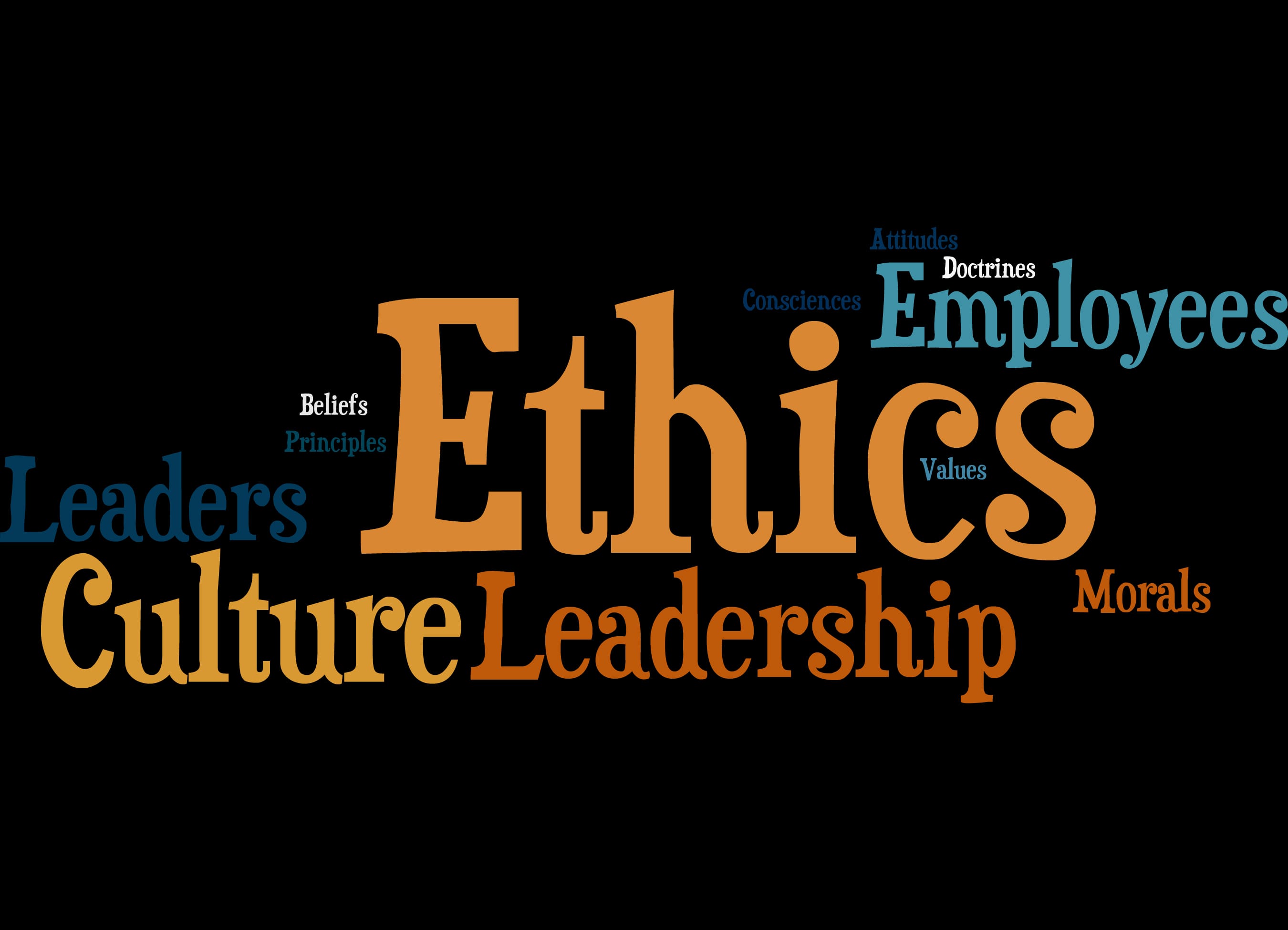Employee misconduct usually starts off subtly or easily and then escalates. It can be an employee calling in sick when he or she is not sick; it can be missing pads of paper or poor behavior at a company gathering. The more the door is opened for unethical  behavior, the more it is likely to occur.
behavior, the more it is likely to occur.
A key to discovering employee misconduct is to ensure that within an organization ethical behavior starts from the top down. Employees watch and employees take note of senior management. If senior management is behaving unethically, there should be no surprise if misconduct is occurring at lower levels within the organization. Ethical behavior is everyone’s responsibility. Here are 7 ways that employee misconduct may be discovered.
Lack of Competitive Bidding – and Bribery
This may occur within purchasing departments where vendors are allowed to bid for contracts, such as supplying parts, ingredients of machinery. Do the same suppliers always seem to win the bid? Is there a lack of suppliers bidding on contracts? Does there appear to be a situation where a supplier is inordinately close to someone in purchasing? These can all be signs that bribery or “gift giving” may be taking place. This may be a serious indication of corruption.
Harassment or Discrimination
It is essential that in today’s workplace that senior management be vigilant as to how promotions, the interview process and workplace dynamics insofar as harassment are occurring. Are your middle managers engaging in good hiring practices? Is Human Resources doing enough to train employees? Who is being selected for interviews and who is being interviewed? Listen carefully to your company’s culture; observe employee dynamics and act swiftly to address discrimination based on gender, sexual orientation, race, religion, age or physical challenges.
Financial Improprieties
Financial improprieties may be discovered in any number of ways including an escalation of departmental expenses, a pattern of over-budget situations occurring in a certain area of the company, unusual expense items showing up in unexpected areas.
Be very wary of how the pressures of financial impropriety may affect other areas of an organization. For example, I once consulted to an association where the employees were put on a very specific set of expense parameters in regard to meals, with no alcohol permitted. Meanwhile, upper level management and board members were spending exorbitant amounts of money on bottles of wine and gourmet dinners. While this is seemingly a minor infraction, word was spreading quickly throughout the organization that an adherence to a standard was not all that important. It became a game to hide the expenses.
Customer Deception
Customer service complaints may be overlooked in the overall operation of a company. It is sometimes easy to dismiss complaining customers as “crackpots” or troublemakers, especially if they comprise what is considered to be a relatively low percentage of overall sales. However, social media and word of mouth are very powerful tools. Be very vigilant as to patterns. If a number of customers complain about being deceived or not getting what they expected, it is important to consider inferior materials, manufacturing or bait and switch situations. Someone within the organization is responsible.
Criminal or Illegal Activities
While these activities may be viewed as a “slam dunk,” that is, an automatic suspension or termination, it is surprising how some of these violations have been overlooked the higher people have climbed within an organization. In fact, in many organizations there have long existed “them and us” mentalities. An EVP who has been convicted of a DUI should be treated no differently than an intern convicted of the same crime. If, as a senior manager, you note patterns of activities bordering on criminal, and certainly illegal, it is a corporate culture failure.
Regulatory Violations
Is your company receiving penalties for regulatory violations ranging from environmental penalties, to underweight products to breakdowns in sanitation, inspections or quality control? Are violations on the increase? Who is taking ownership or is there a lot of finger pointing? Regulatory violations may be indicative of much larger problems of employee misconduct.
Conflict of Interest
A conflict of interest may occur when a department or individual in that department may have interests and loyalties outside of your company, association or organization. This often appears as an issue of inside information being disclosed, a vendor being favored or leaks of technology, marketing plans, marketing information or several other factors. The conflict of interest is a sure sign of employee misconduct and must be aggressively pursued.


